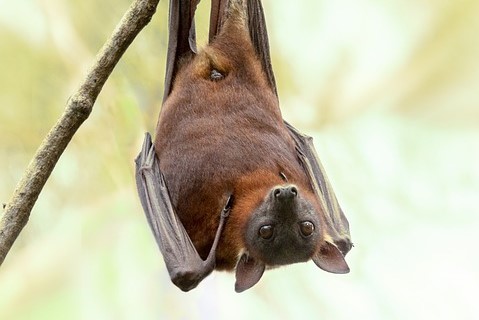Media release
From:
Attachments
Note: Not all attachments are visible to the general public. Research URLs will go live after the embargo ends.

Journal/
conference: PLOS ONE
conference: PLOS ONE
Research:Paper
Organisation/s:
Western Sydney University, Taronga Conservation Society Australia, NSW
Funder:
This work was supported by funding
from the Australian Research Council
(DP170104272: JAW, JM), and the Royal Botanic
Gardens Sydney (JMM). The funders had no role in
study design, data collection and analysis, decision
to publish, or preparation of the manuscript.



 Australia; NSW
Australia; NSW


